World ports handle ships and cargo at various stages of port operations, including the coastal zone, quay, storage areas and rear areas of the port. Therefore, improving port efficiency at various stages of cargo and vessel handling is critical to overall efficiency and to ensure that the benefits derived from one segment of the logistics chain of maritime transport were not negated by inefficiencies, existing in other links of this process.
In this review, we will consider not only the largest ports in Asia in terms of cargo turnover, so we present to your attention the TOP-15 significant seaports for global logistics.
Shanghai (China)
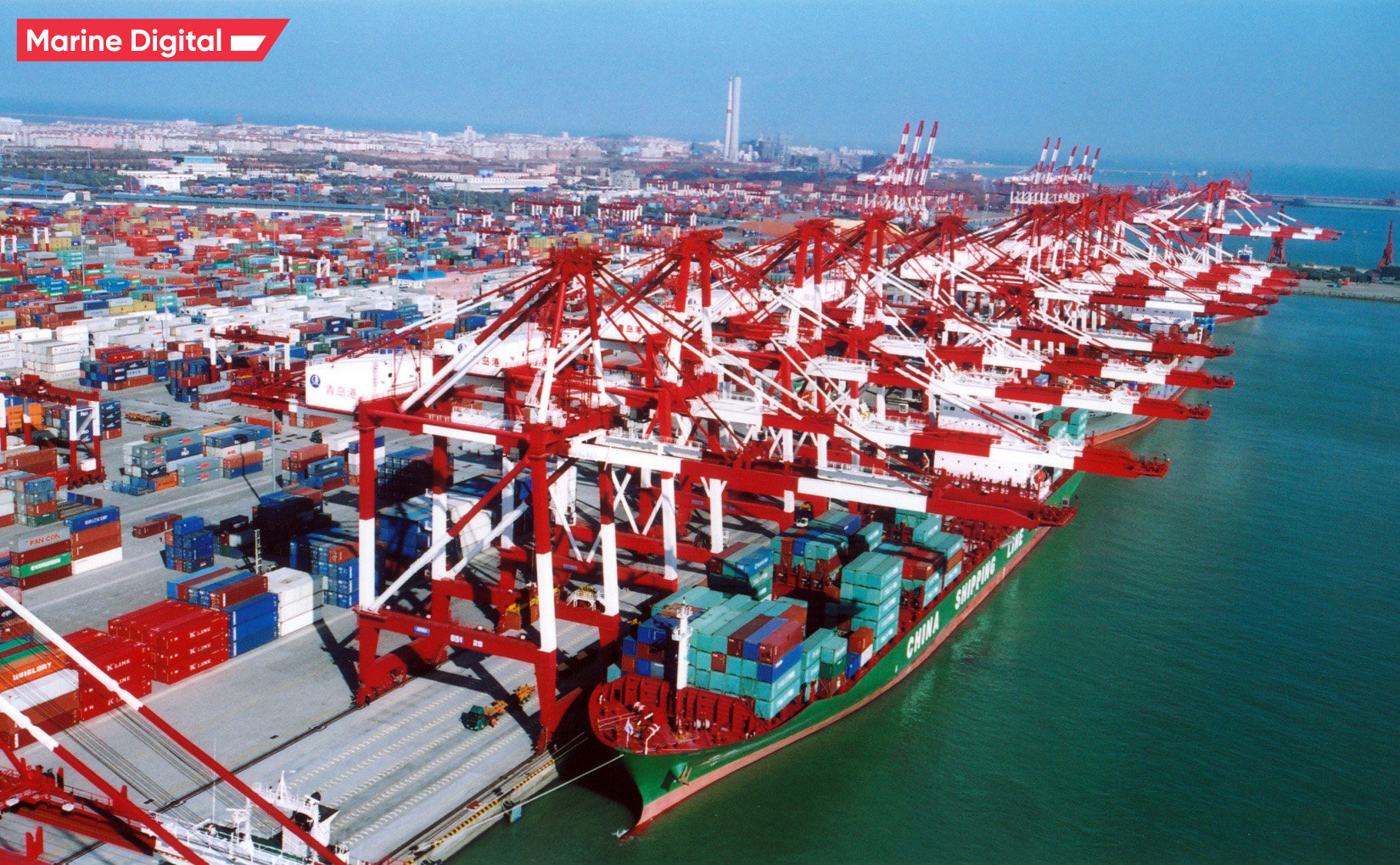
Shanghai port is the largest and deepest sea and river port with an area of almost 4 sq. km.The port has 125 berths and 19 terminals. The corresponding layout of the port allows receiving the largest container ships in the world. The port's cargo turnover is over 43 million TEU.
Singapore
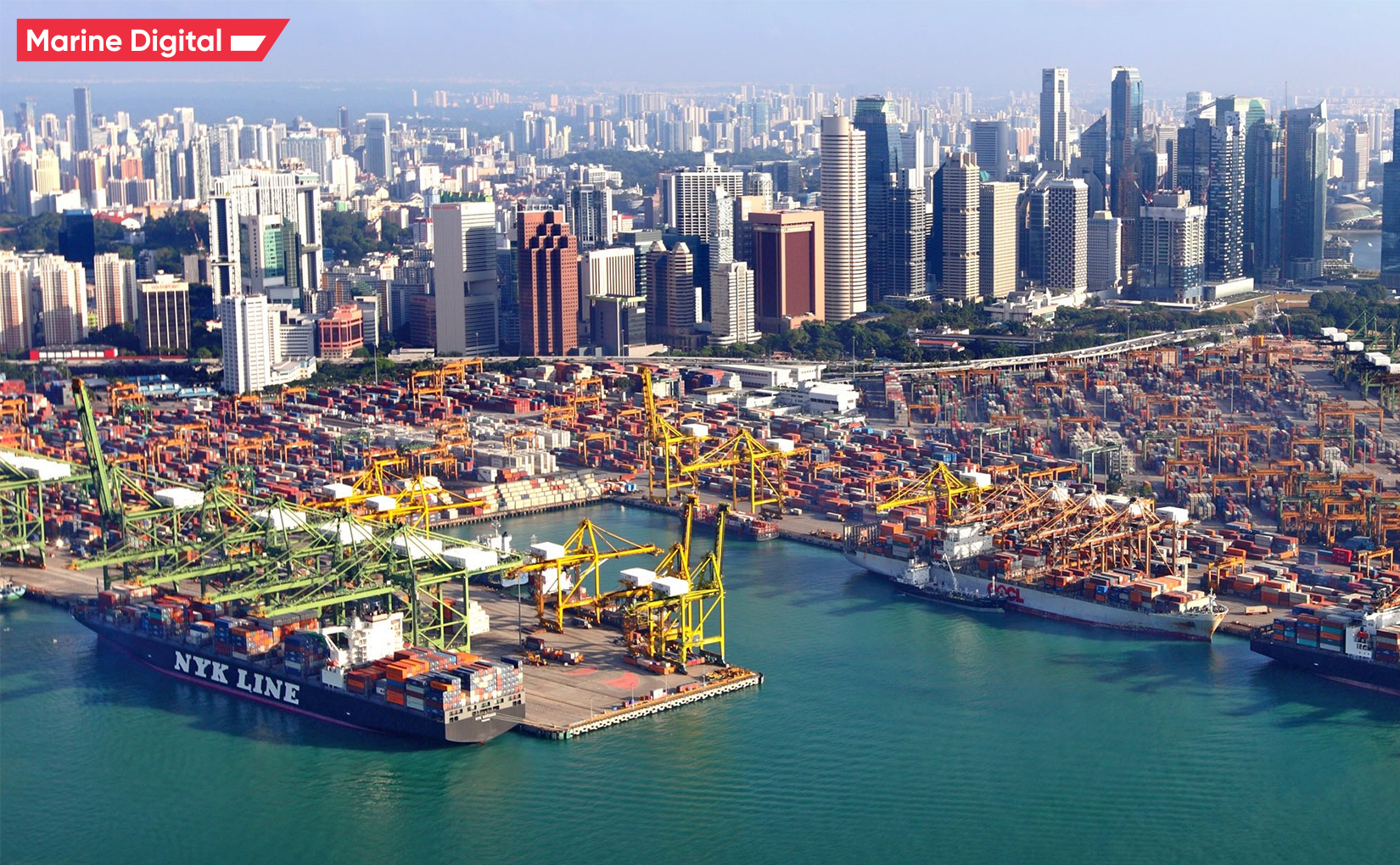
The second-largest port in the world (Singapore) has 84 berths and 6 terminals, provides communication with more than 600 ports from 123 countries. The port's cargo turnover is over 37 million TEU.
Ningbo (China)
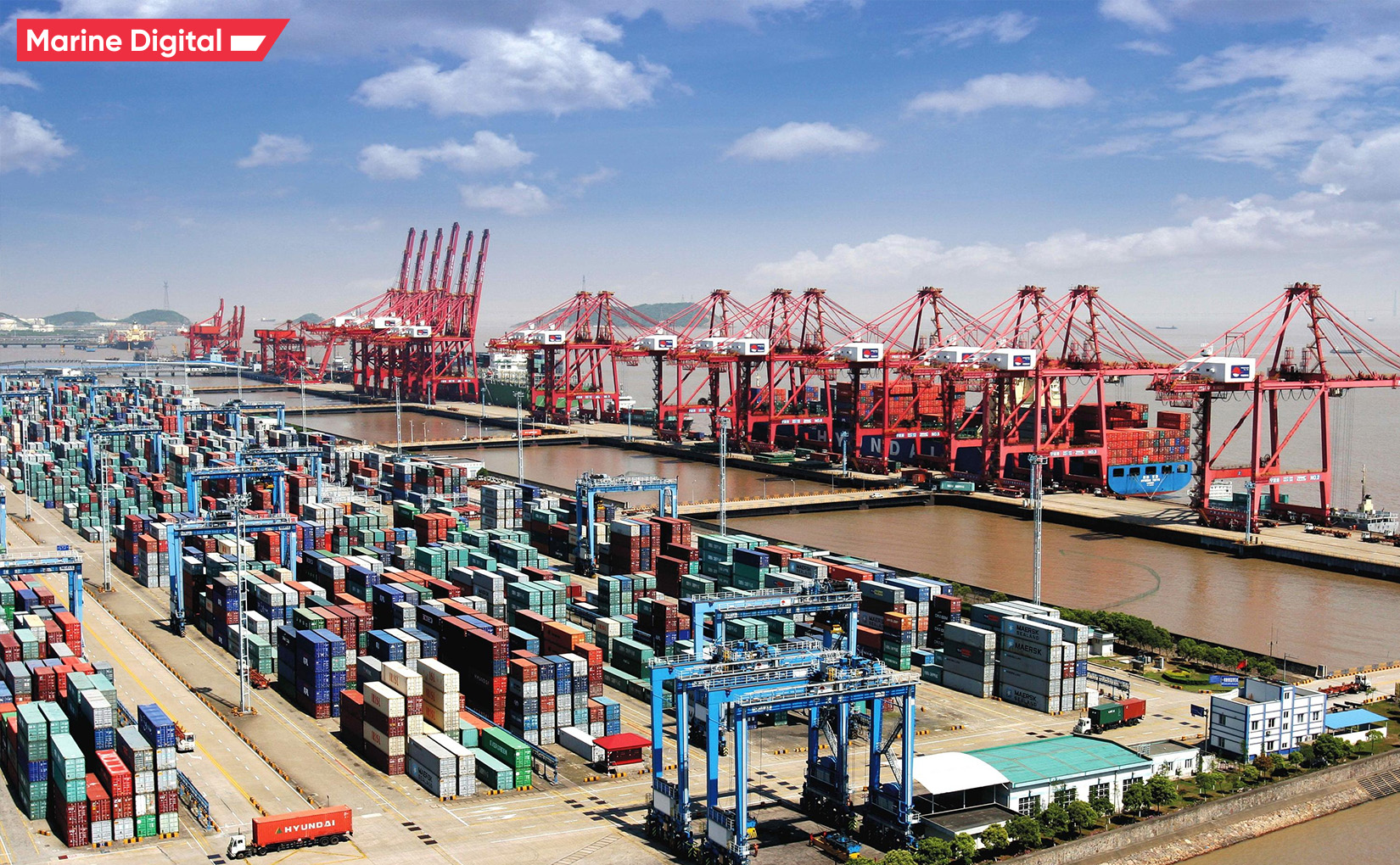
The second largest port in China is one of the oldest Chinese ports. Ningbo was ranked in the top 3 largest ports in the world according to the World Shipping Council for 2019.
In 2006, the Ningbo port was merged with the neighboring Zhoushan port to form a unified cargo handling center. It has 191 berths, 36 of them are deep-water.
The cargo turnover of Ningbo-Zhoushan for 2019 exceeded 1.1 billion tons.
Busan (South Korea)
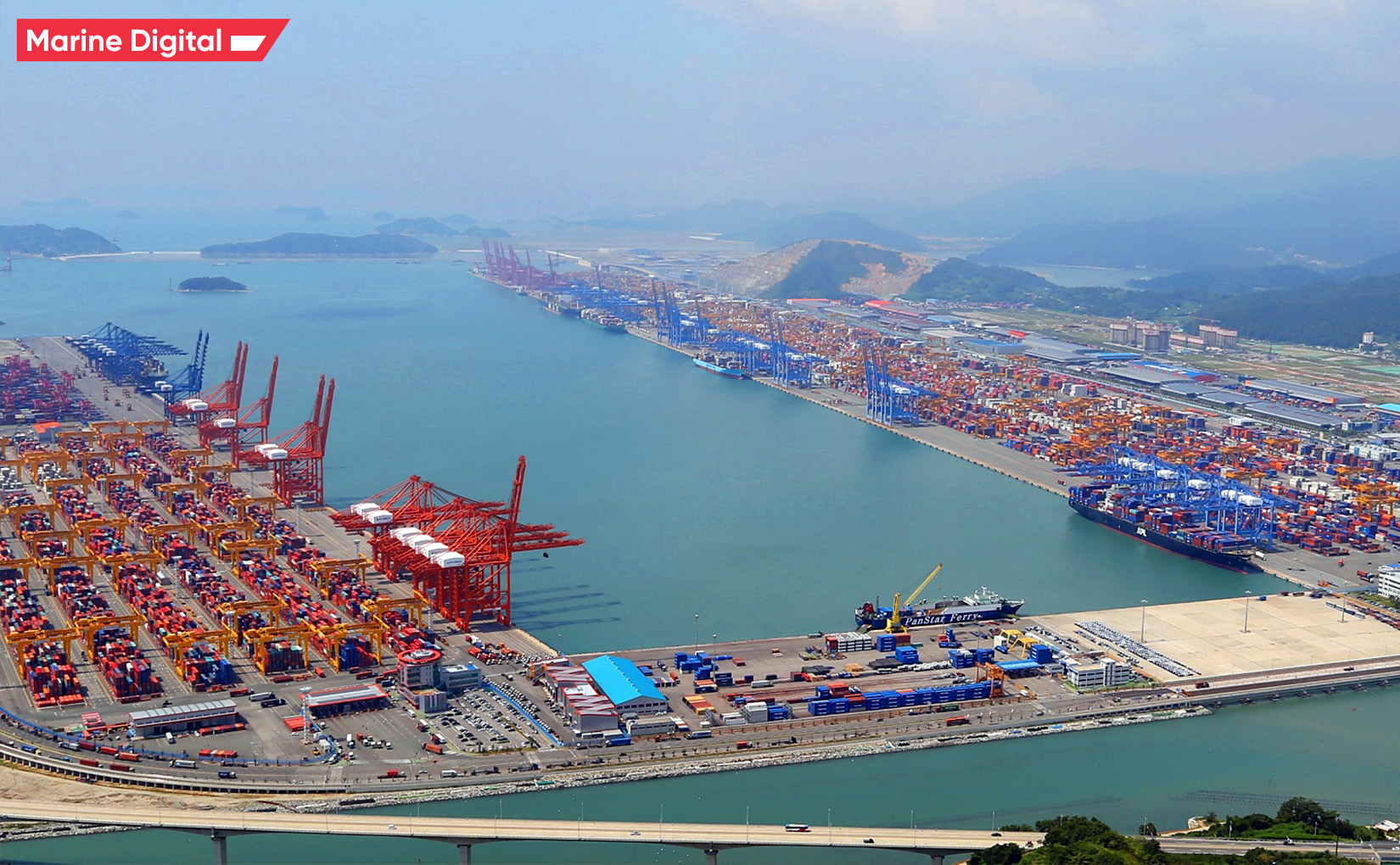
The largest port in South Korea, it was originally founded as a small port with strict trade only between Korea, China and Japan. Located on Yong Island, the port is connected to the mainland by a drawbridge. Busan's cargo turnover is over 22 million TEU.
Jebel Ali (United Arab Emirates)
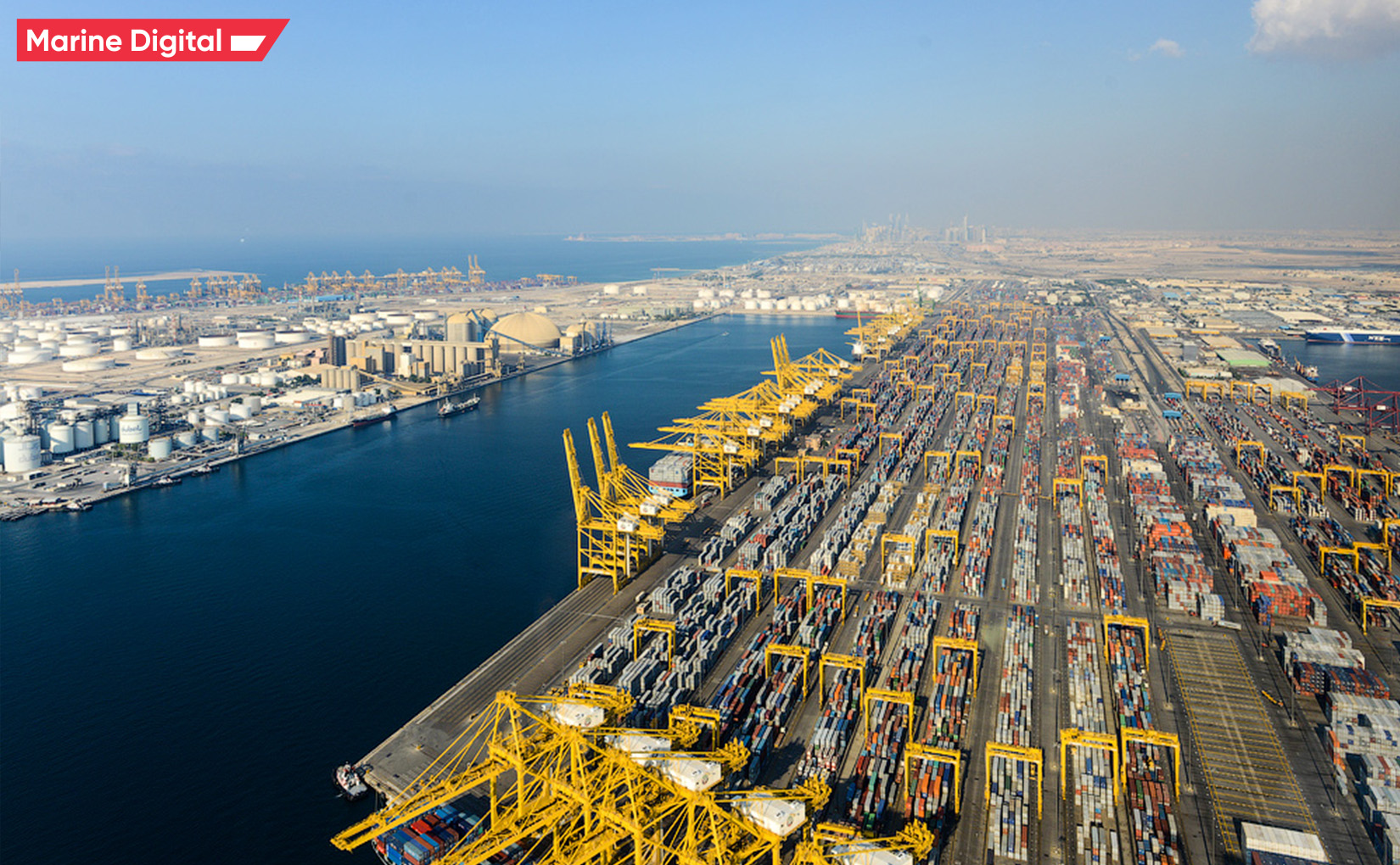
The largest port in the Middle East. The first and only artificial harbor that was created for the construction of Jebal Ali. The port covers an area of 135 sq. km and has 67 berths, is equipped with the latest technology and has huge storage areas and premises, including those with temperature and humidity control. The port's cargo turnover is 19.3 million TEU.
Rotterdam (Netherlands)
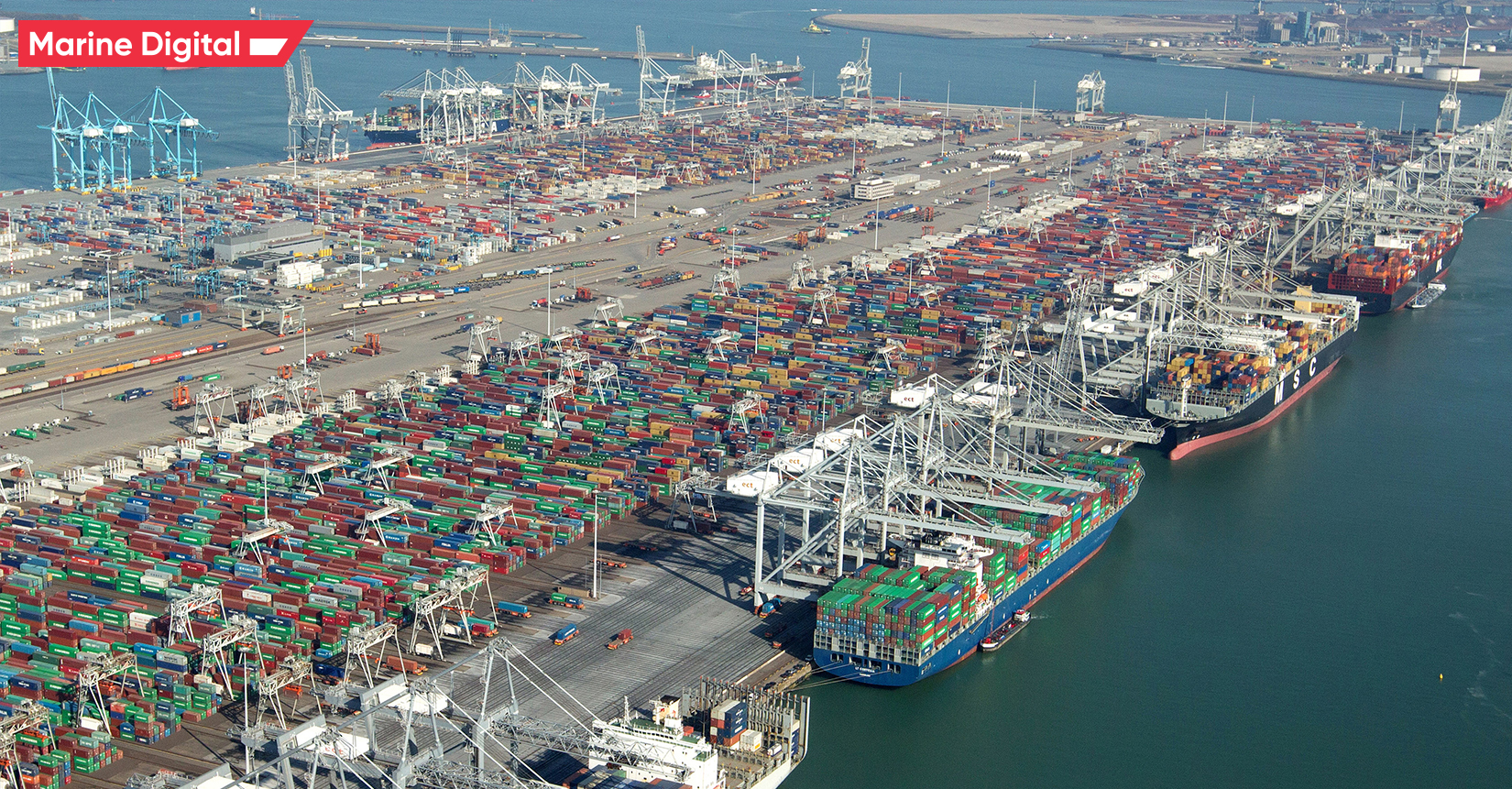
The largest seaport and main seaport in Europe, until 2004 it was the busiest port in the world. The port has a good location - it is through Rotterdam that most of the goods arriving from Asia or America go deep into continental Europe.
Its area reaches 105 km2, and the length of the coastline is 40 km. The port is divided into 5 districts and 3 shipping zones; more than 40,000,000 consumers are served here and more than 400 million tons of various goods are transported annually.
Port of Tanjung Pelepas (Malaysia)
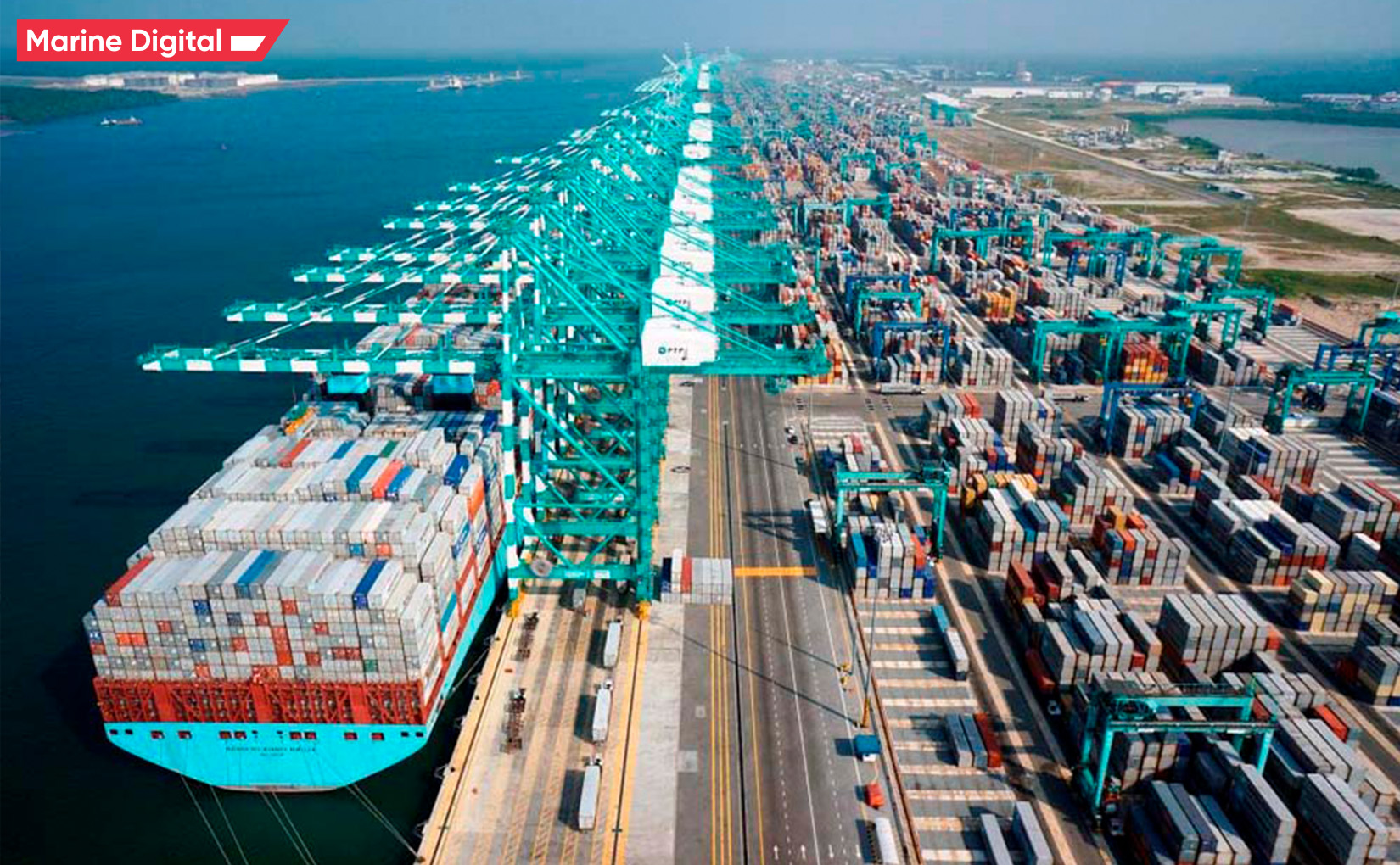
The Malay port is located in the southwestern district of Johor. The favorable location contributes to the rapid development of the port, it is considered one of the fastest growing in the world. There are only 14 berths on the territory, but this does not interfere with the constantly growing cargo turnover. According to the latest data, today it is 12.5 million TEU, and by 2030 it is planned to increase to 30 million.
Los Angeles (USA)
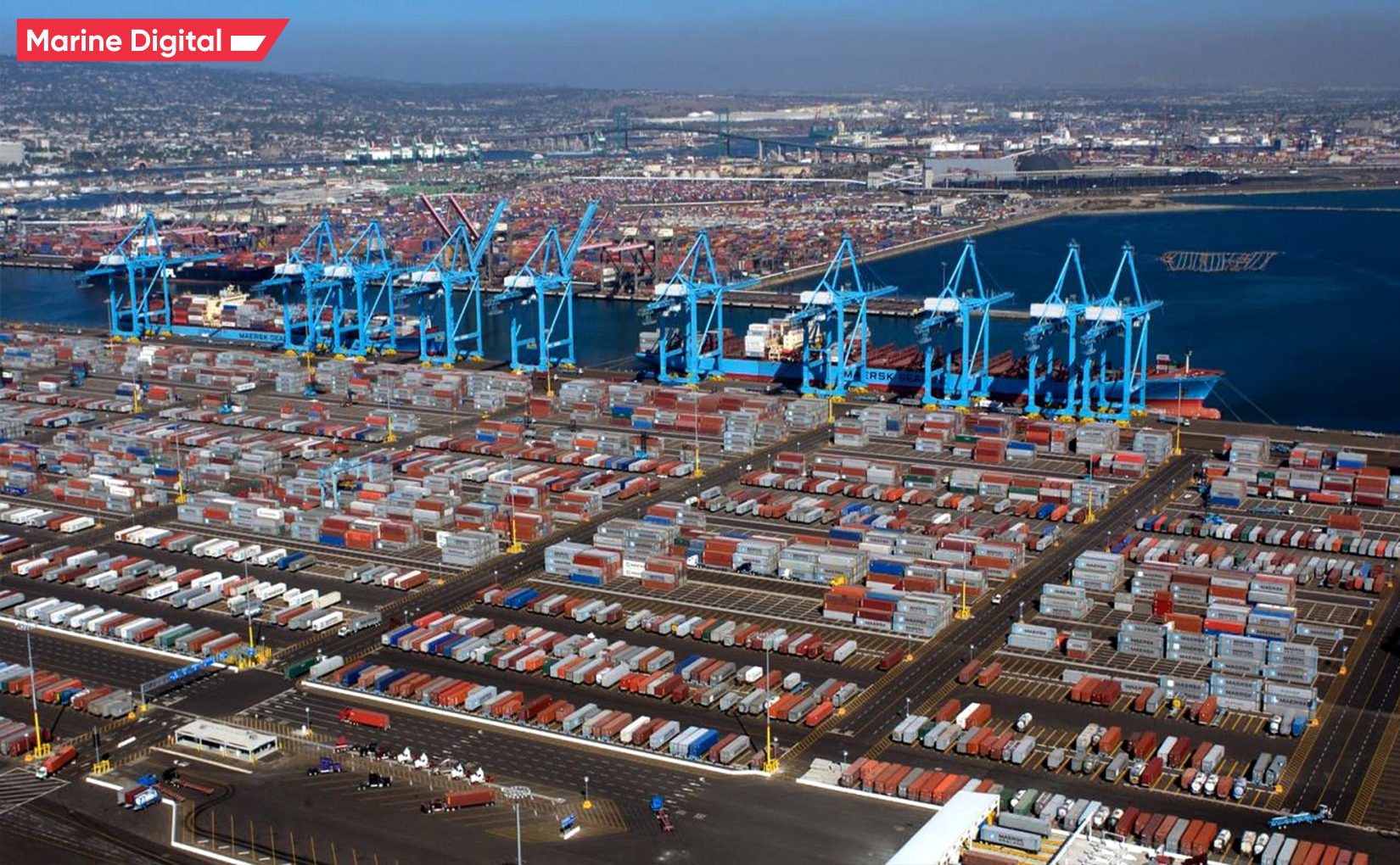
The largest port in South and North America, which is why it is simply called the Port of America, is located in San Pedro Bay (Los Angeles). The Port of America now handles 20% of the goods entering the United States. The port has 25 cargo and 8 container terminals, the volume of cargo turnover is 9.3 million TEU of cargo. More than 500 thousand people work in the port.
9. South Louisiana (USA)
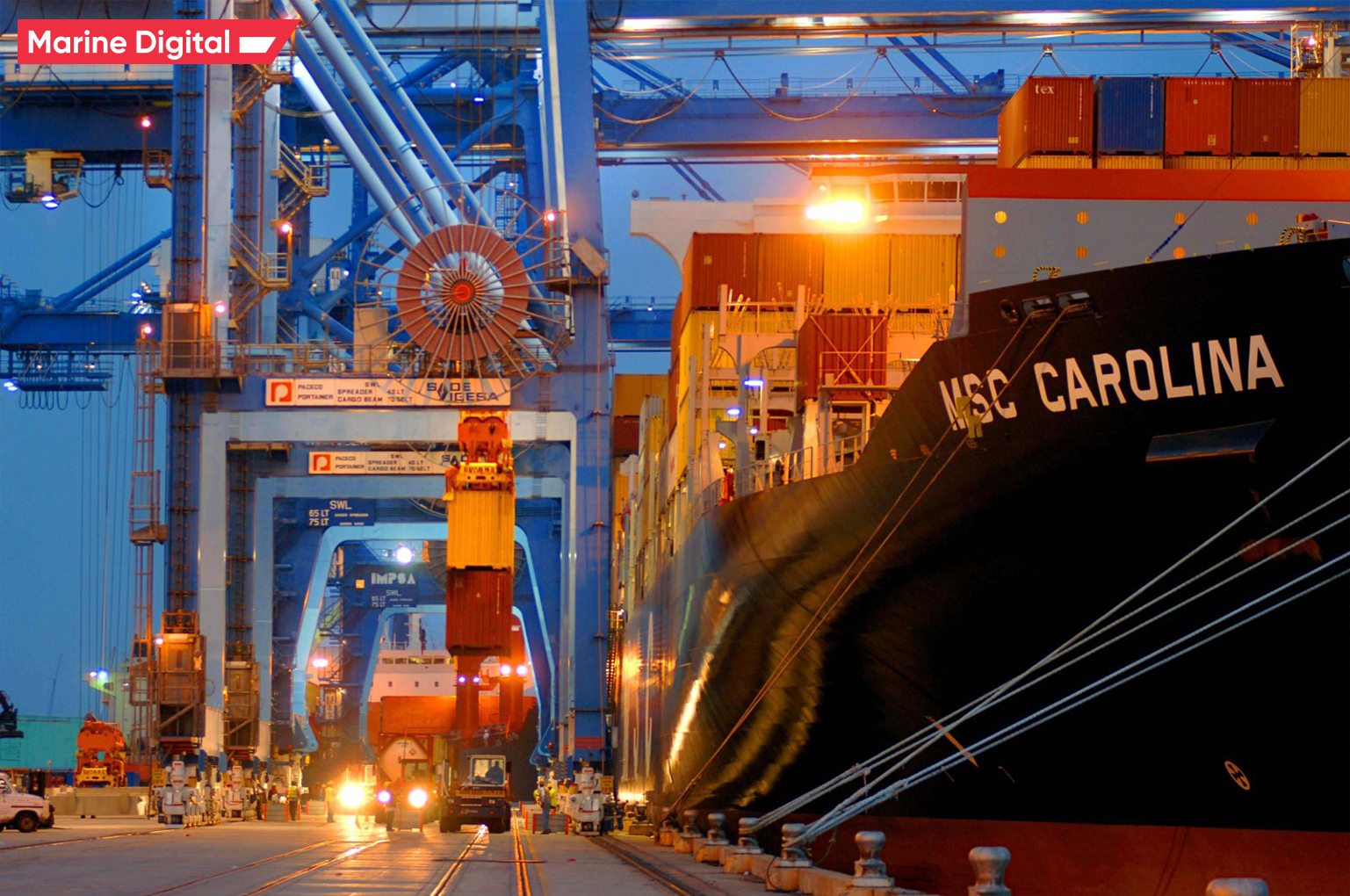
The largest port in the United States is located at the giant mouth of the Mississippi River. Ranked among the world's industry leaders and the largest harbor in the United States, the Port of South Louisiana is also one of the world's leading bulk cargo handling centers. It accounted for about 70% of the country's grain exports.
10. Antwerp (Belgium)

The port of Antwerp is located in the very center of the mainland and is connected to the main industrial centers by the fastest and most efficient means of delivery of goods. The port covers 13 thousand hectares, more than 150 employees. Cargo turnover is over 250 million tons per year. Recently, thanks to refurbishment and investments, the port can serve the world's largest vessels with a total capacity of over 20 thousand TEU.
11. Hamburg (Germany)
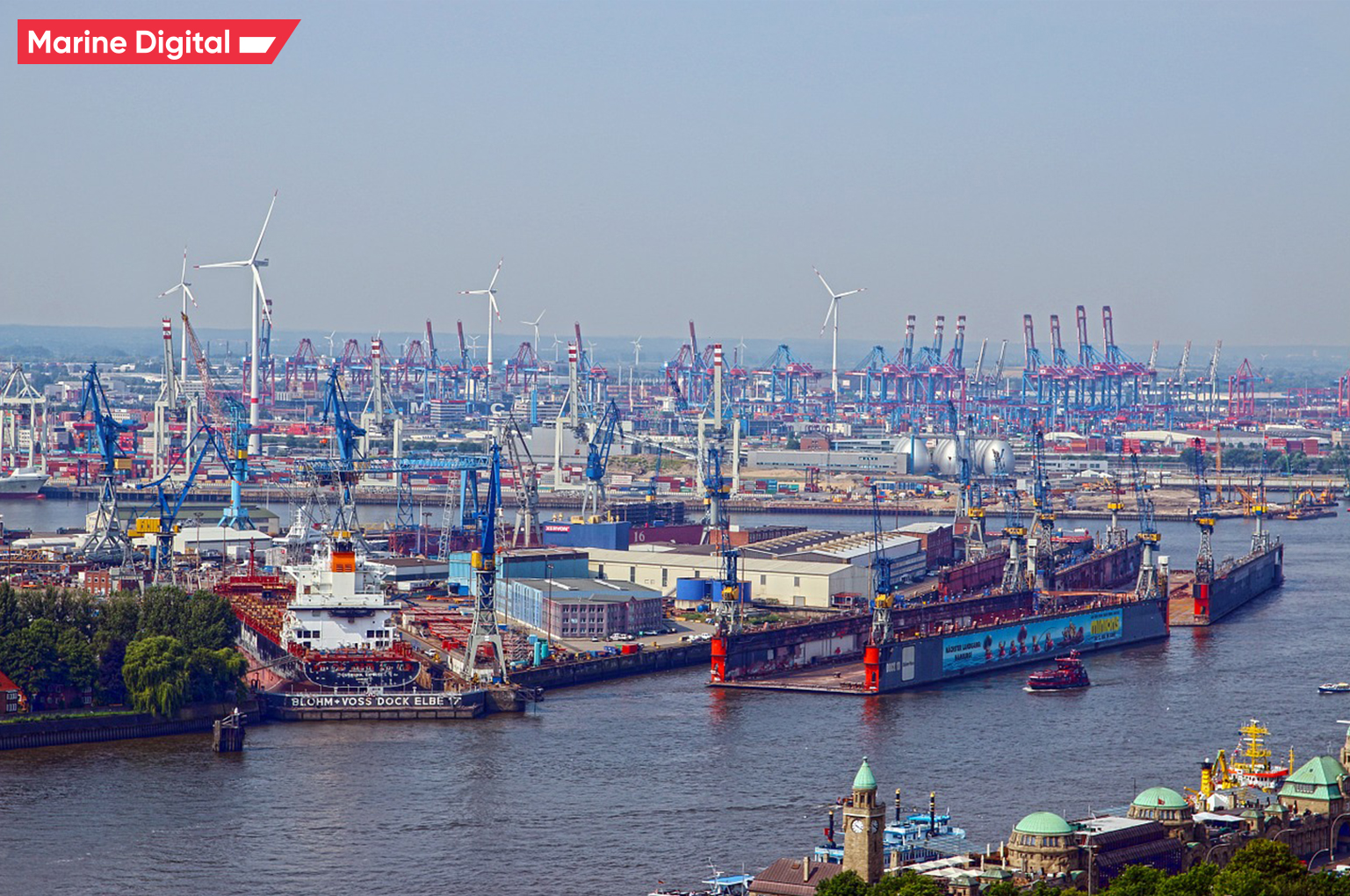
The German ship harbor is considered one of the oldest in the world and was built in 1189. The port occupies 1/10 of the area of the city of Hamburg. 300 berths stretching 43 km along the coastline. The port of Hamburg is known not only as the third busiest in Europe, but also as the owner of the world's largest warehouse area. The port's cargo turnover is over 12 million TEU.
12. Felixstowe (UK)
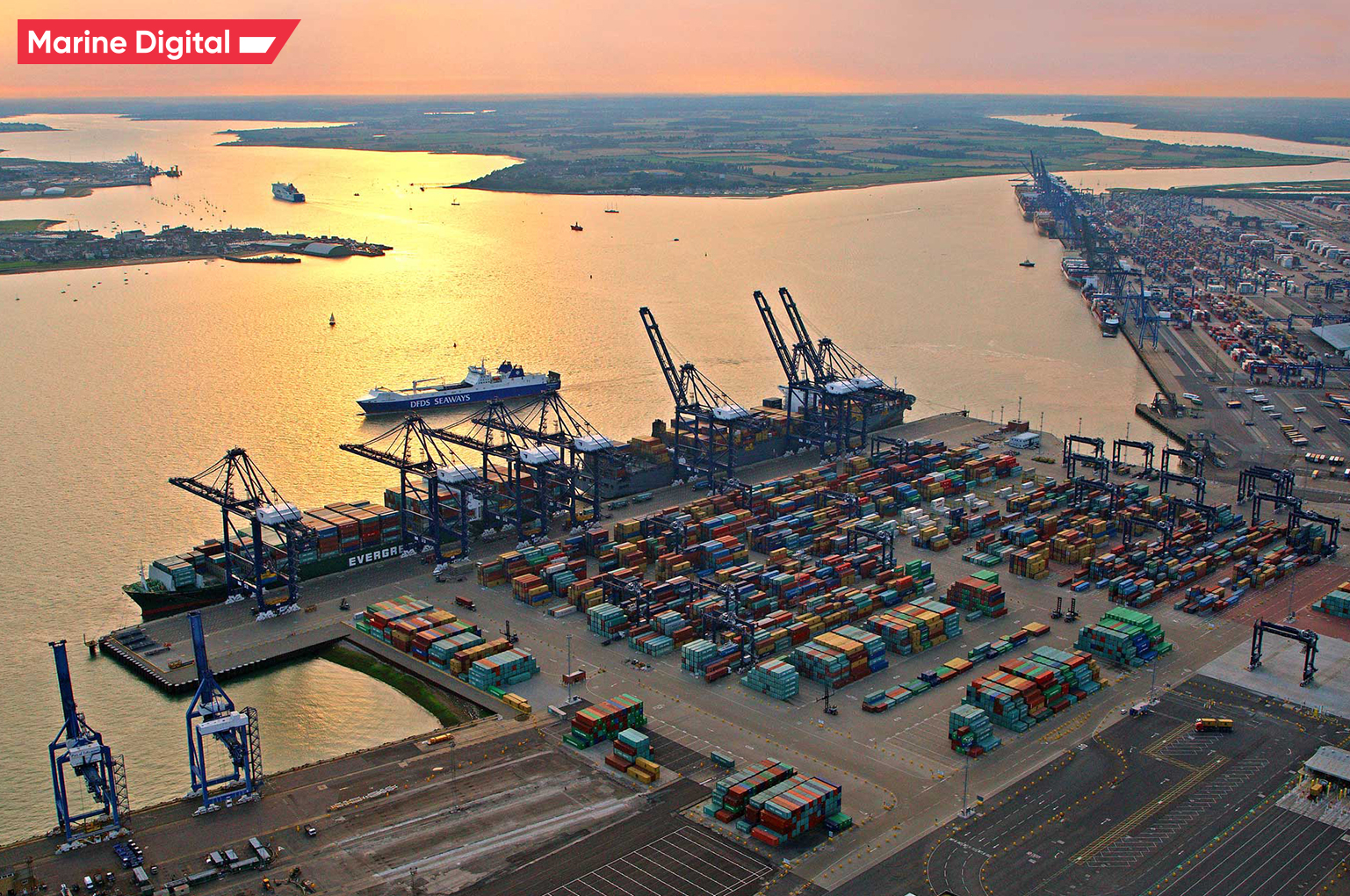
Relatively small, with an area of only 3.62 sq. km, the port of Felixstowe takes over almost half of the state's container traffic. The harbor handles over 3.4 million TEU per year and connects the UK with over 360 world ports.
13. Itaqui (Brazil)
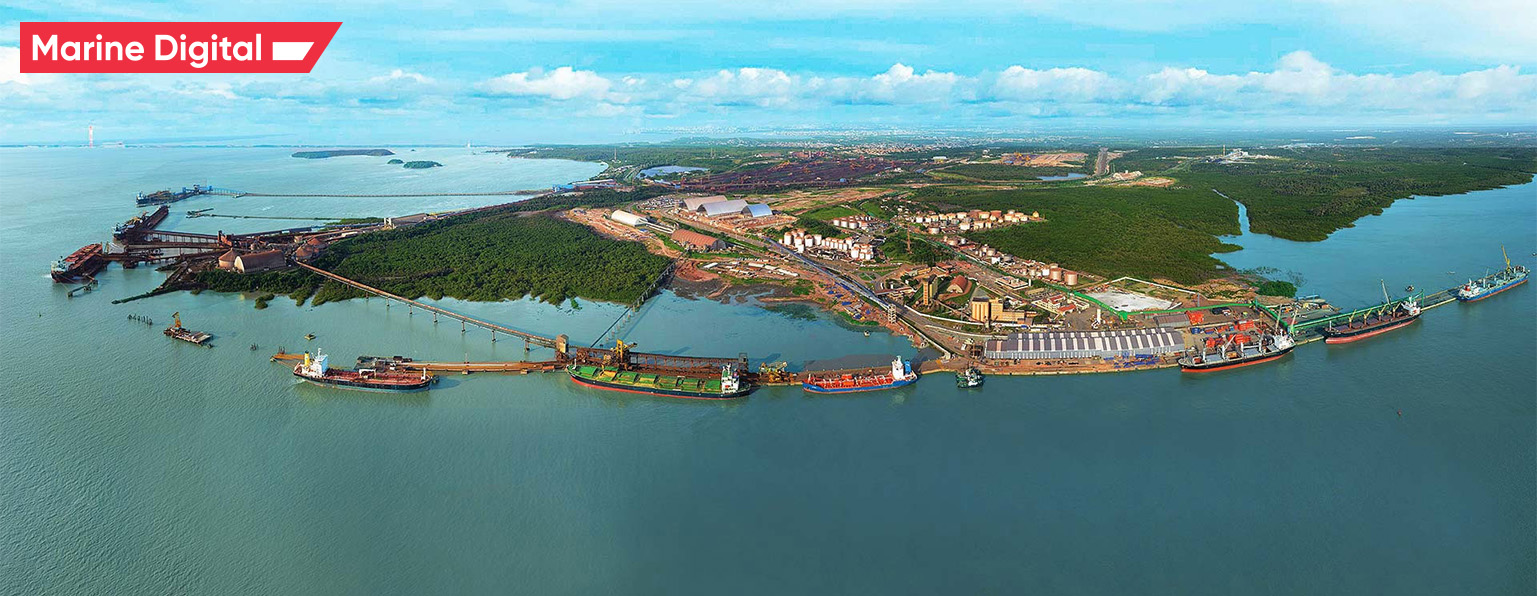
Ithaca Port is the largest and busiest port in Brazil. It is located near the city of São Luis, in Maranhao. The port handles 146 million tons of cargo annually. Various import and export goods such as copper, aluminum ingots and ingots, soybeans, pig iron, dry and liquid cargo and general cargo are unloaded or loaded into the port.
14. Durban (South Africa)
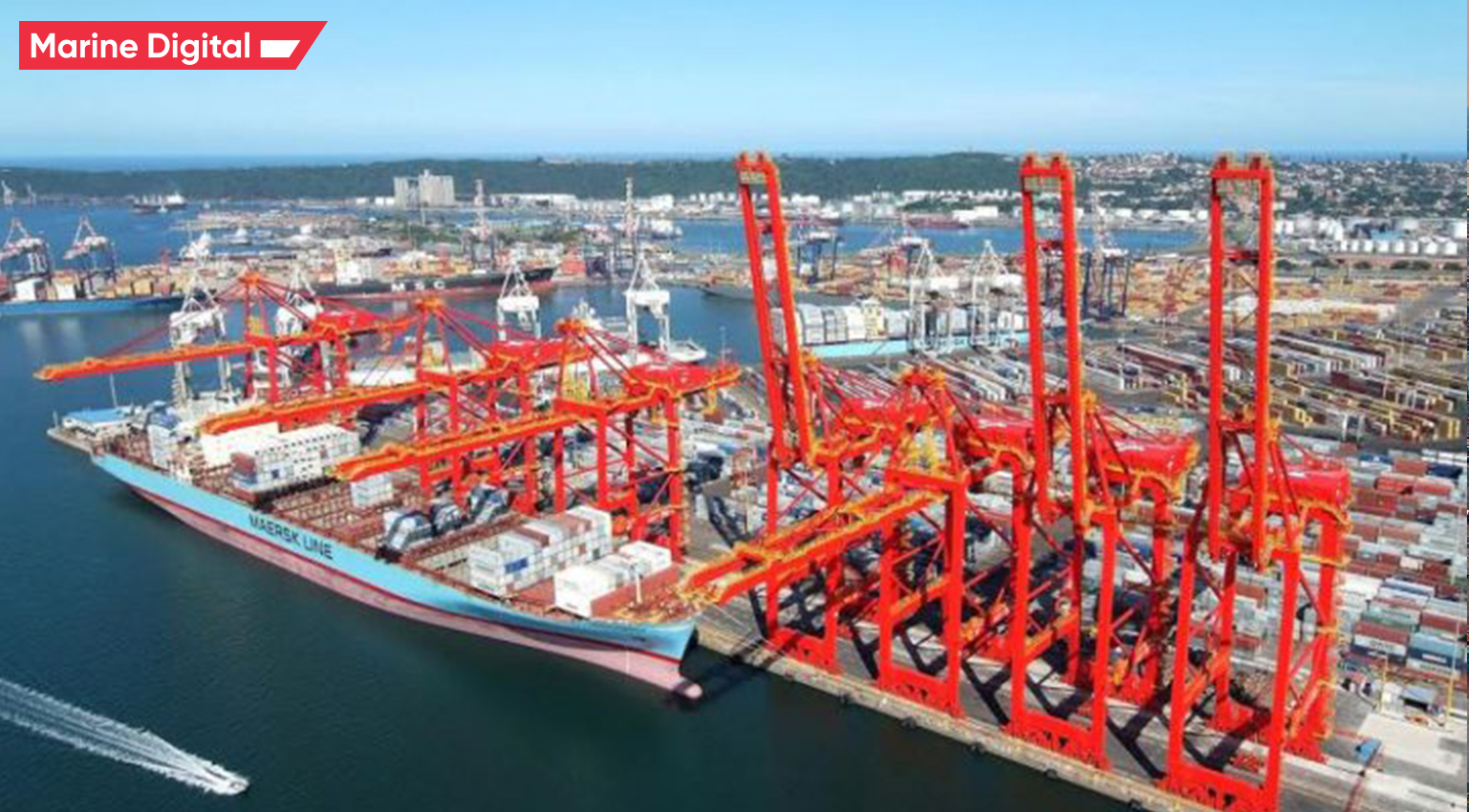
The Port of Durban is the busiest port in Africa. the largest container terminal in the southern hemisphere. It handles 60% of the total number of containers handled in all ports in South Africa. As of 2019, the port handled 3,253 vessels with a gross tonnage of 122 million gross tons. The port handled 81 million tons of cargo.
15. Port Hedland (Australia)
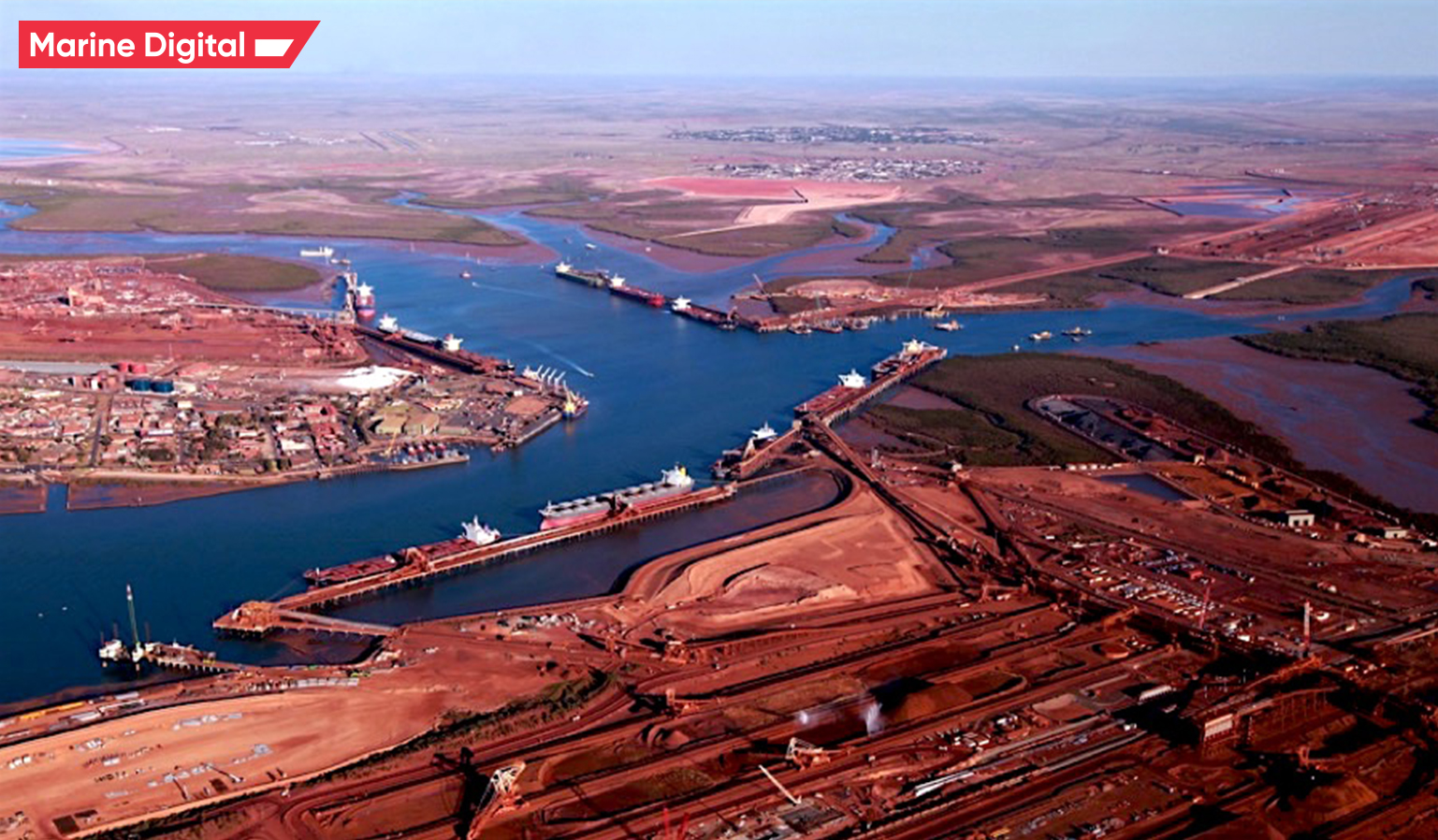
The largest cargo port on the west of the Australian coast. The depth of the sheltered harbor in the Pilbara region allows for large vessels. Almost half of the port area is occupied by warehouses.
Most of Port Hedland's cargo handling is iron ore. The throughput capacity is 500-550 million tons. The Australian harbor ranks first in the world in terms of ore loads. A record total annual throughput of 717.2 million tonnes.












